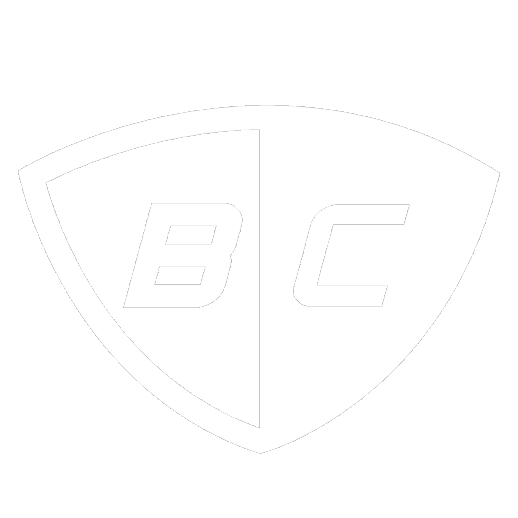& TURNING LEFT.

Flat track racing is one of the oldest and most loved forms of motorcycle racing in the world. Dirt motorcycle races officially began in the 20s when the Fédération Internationale de Motocyclisme (FIM) first started organizing and administering races, but the flat track scene was born in 1932 when the American Motorcyclist Association (AMA) sanctioned a Class A Dirt Track championship. For the Class A races, manufacturers entered prototype machinery and high-end racing motorcycles, making entering the scene largely prohibitive. In 1937, the AMA opened a Class C race, which riders could enter into on street-legal motorcycles. As the Great Depression worsened, motorcycle manufacturers cut back on racing budgets, giving Class C races the spotlight. Class C racing would mature over the years into what we now know and love as flat track racing and hooligan racing. Flat track racing takes place on a dirt oval track, usually made of clay. A flat track event consists of multiple heats of 4-lap races, if it’s a standard flat track event. Riders are awarded points for the place they finished the race in, and the points are tallied up after the final race is run to determine the winner. The tracks range from one-eighth of a mile to one mile, where riders are known to reach speeds of up to 140 miles per hour. Which is pretty darn fast when you come sliding into a turn. Each track has four turns: turns one and two are the entry and exit points for the first curved side of the oval the racers reach, and turns three and four are the entry and exit points for the other curved side of the oval. Races are always run counter-clockwise. So, ultimately, flat track racing is all about going fast, and turning left.

Many of the greatest legends of motorcycle racing were avid flat trackers, and got their careers started in flat tracking. Names on these rosters included Eddie Mulder, Sonny Nutter, Gene Romero, Gary Nixon, and scores of others. Flat track races were also part of some of the biggest motorcycle racing events in the heyday of motorcycling during the 60s and 70s.
In the early 90s, road racing was phased out of the Grand National Championship, leaving flat track and TT as the remaining events. It’s now called GNC 1 and GNC 2, for 550c-1250cc twins.
Flat tracking still retains a loyal international following. Events range from the televised Superprestigio in which the likes of Marc Marquez, Brad Baker, Jared Mees, and Josh Hayes compete, to local amateur races known as hooligan races.
Hooligan racing is the lifeblood of flat track racing. The idea behind hooligan racing, which started with the Class C races of 1937, was to “run what ya brung.” In a hooligan race, people compete on every kind of bike imaginable. This is because it’s so easy to get into flat tracking, and the atmosphere at the events tends to be more…casual, and fun.

Triumph Modern Classics can be easily converted into a tracker, if you’re feeling the itch of wanting to get squirrelly and sideways at your local track. You can check out our style guide on how to build a tracker, or get started with these basic parts.
THE BASIC TRACKER SETUP










Leave a comment
All comments are moderated before being published.
This site is protected by hCaptcha and the hCaptcha Privacy Policy and Terms of Service apply.